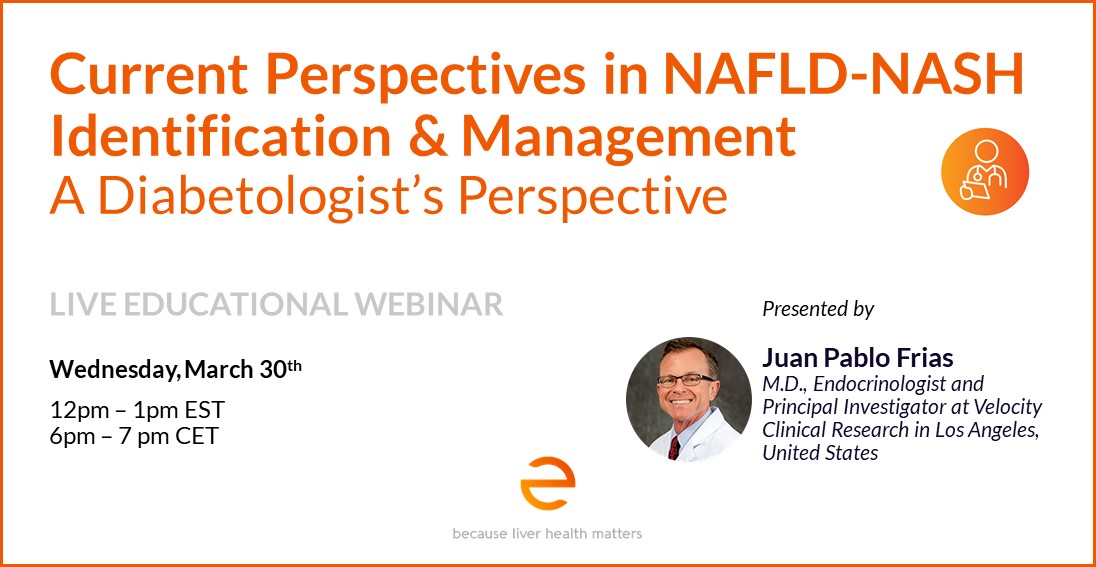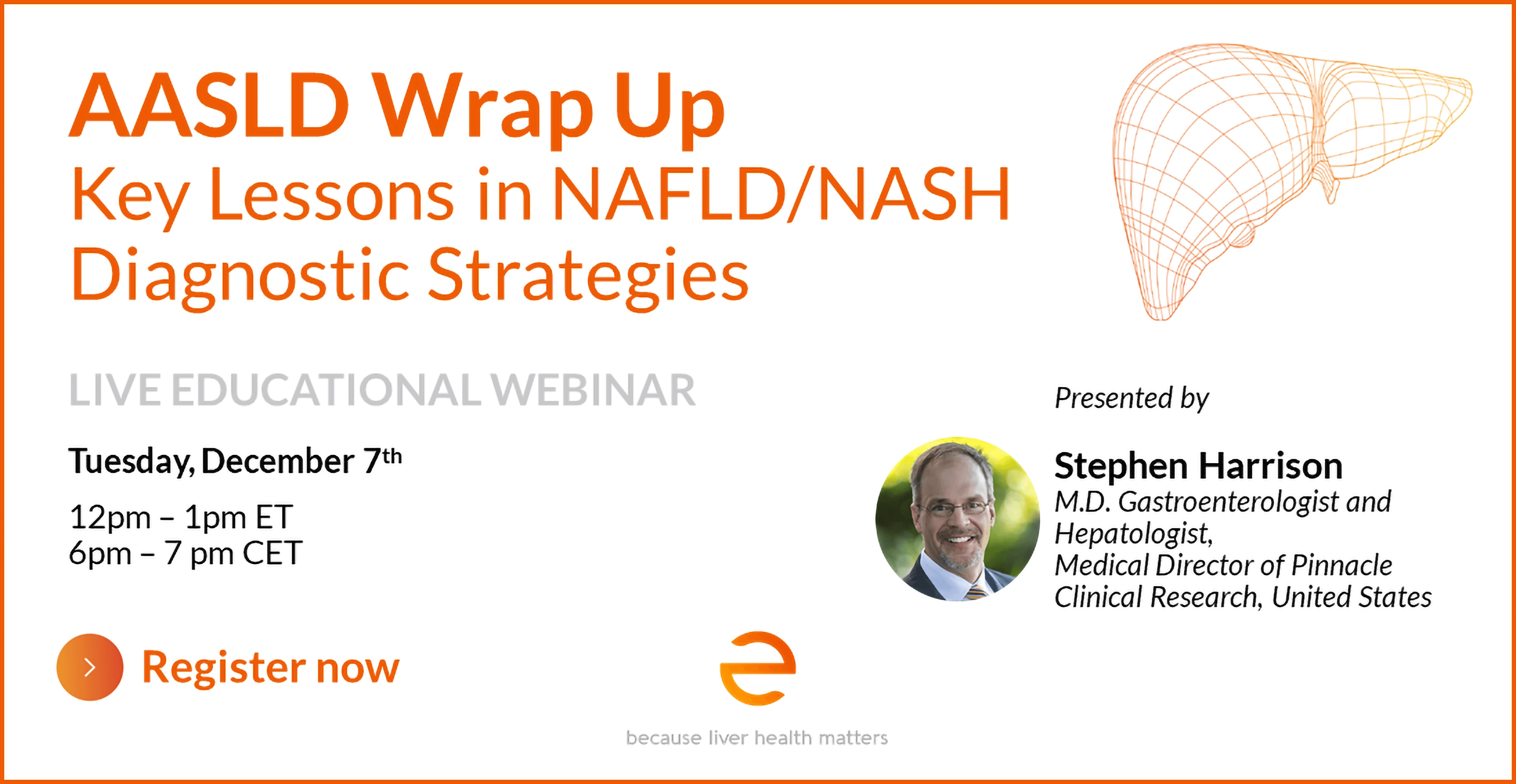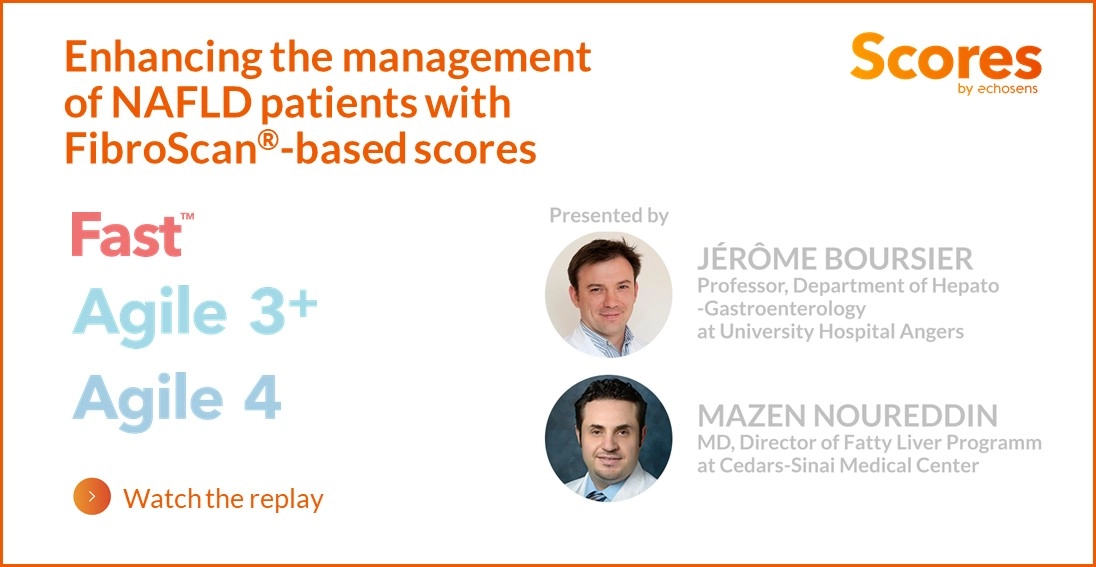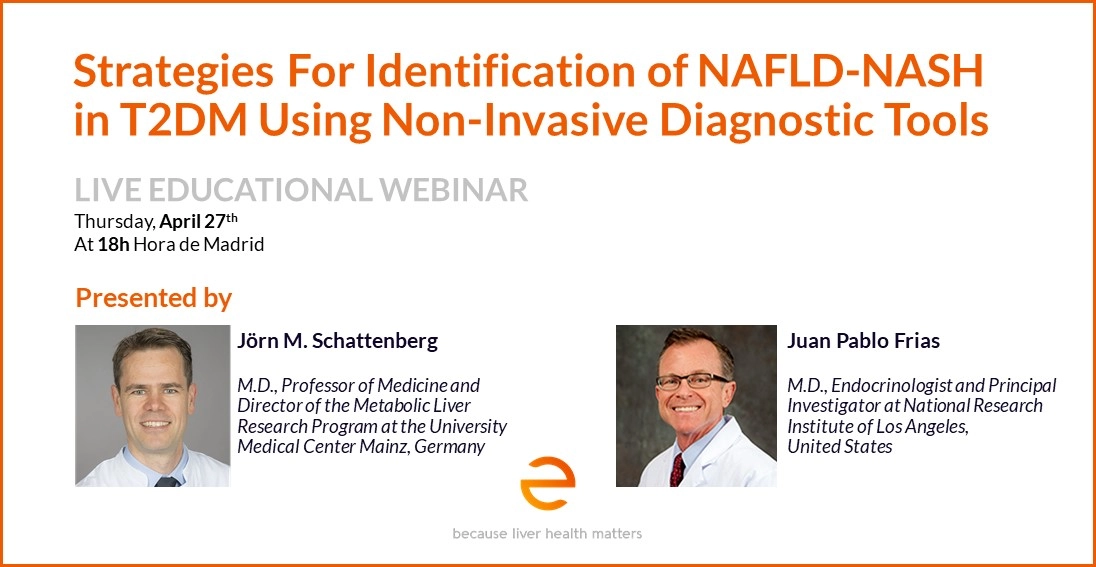Liver disease is frequently asymptomatic, challenging early identification in the primary care setting. In response, more physicians are seeking options to help them better identify patients at risk for nonalcoholic fatty liver disease (NAFLD), a chronic health condition caused by excess deposition of fat in the liver, so that they can improve referrals and care management.
NAFLD, which commonly occurs in people with obesity and Type 2 diabetes, affects approximately 85 million Americans. Its more advanced form, nonalcoholic steatohepatitis (NASH), is the excess of hepatic steatosis accompanied by inflammation, hepatocellular damage and sometimes fibrosis. NASH is the third leading cause of cirrhosis and the second leading cause for liver transplant.
The global prevalence of NAFLD/NASH is 25% in adults. Significantly, NASH is more prevalent in certain populations, along with obesity, Type 2 diabetes and multiple cardiometabolic risks. For instance, Hispanic populations have a high prevalence of fatty liver disease compared to non-Hispanic groups.
Effective Referral Process
It’s important to look for NAFLD and properly stage it so that both primary care physicians and non-specialists can follow a standard process for making referrals to specialty care.
Because NAFLD is a diagnosis of exclusion, it helps to exclude alcohol liver disease (ALD), which can be determined based on the patient’s level of alcohol consumption. NAFLD also co-exists with certain medications and rare genetic disorders. The degree of liver fibrosis is important for referrals, treatment and prognosis, as well.
Typically, when Type 2 diabetes co-exists with NAFLD, it worsens the patient’s metabolic profile and increases the risk for cardiovascular disease. These two conditions combined make NAFLD more difficult to treat, and NAFLD has a prevalence of 70% among Type 2 diabetes patients versus the general population.
FibroScan®, a rapid, non-invasive technology at the point of care, represents the most optimal tool for clinicians because it quickly identifies individuals who are asymptomatic and undiagnosed for liver damage.
One study used FibroScan® and found 70% of population had significant fatty liver, 20% had liver stiffness and 15% had clinically significant fibrosis. Among this group, 90% that were biopsied correlated with FibroScan®’s results. Liver fibrosis is the strongest predictor of clinically meaningful outcomes, including decompensation, liver cancer and overall mortality.
Clinical Practice Guidelines
FibroScan® combines standardization, clinical performance and accessibility for early patient identification, first in line after FIB-4, either in primary care, diabetology clinics or liver clinics, and for advanced liver disease patient management, portal hypertension and hepatocellular carcinoma (HCC) risk stratification. To optimize the clinical pathway for asymptomatic NAFLD, timing of treatment relies on accurate staging and a consistent, timely and evidence-based management approach.
Guidelines from the European Association for the Study of the Liver (EASL) recommend FibroScan® screening for at-risk populations, such as patients with metabolic risk factors and/or harmful use of alcohol. All recommended cut-off values are clearly specified for liver stiffness measurement (LSM) by transient elastography (TE).
Fibrosis has also been identified as the most important predictor of prognosis in patients with NAFLD and advanced fibrosis (F4) to identify patients in need of in-depth investigation, biopsy and intensive therapies. FibroScan® is an essential tool to help primary care physicians improve diagnosis and prognosis for patients with NAFLD and for following patients over time, during and post-treatment.




